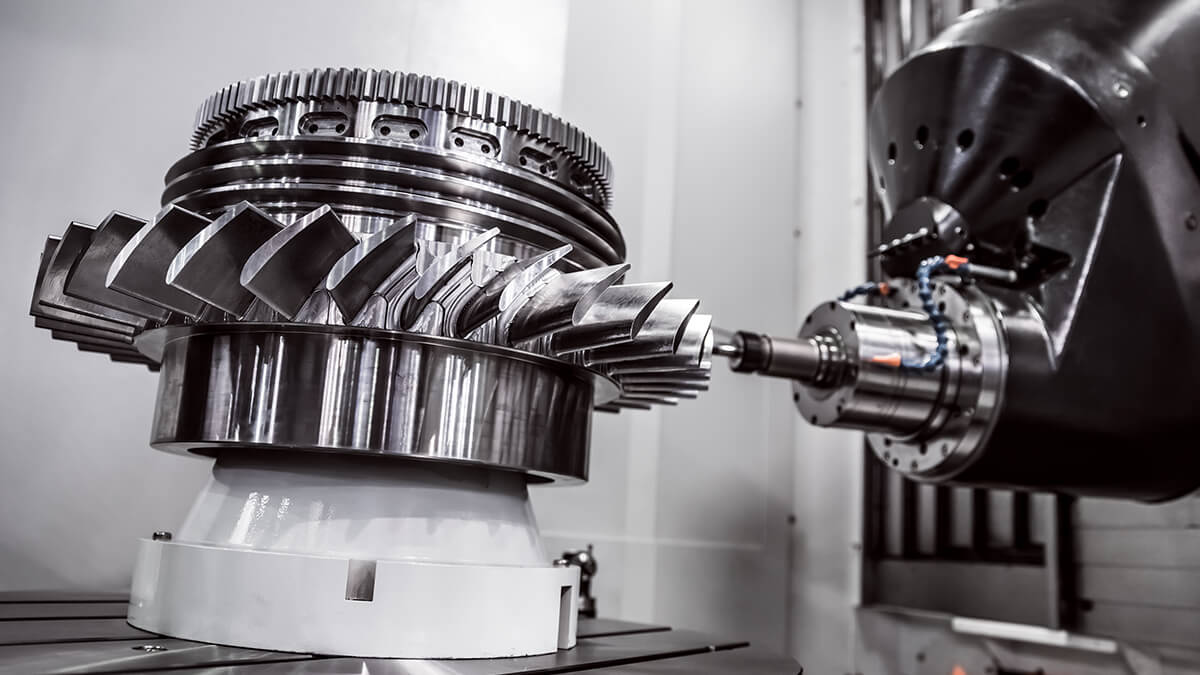In the intricate dance of modern manufacturing, precision and efficiency are paramount. As industries evolve, so do the tools and technologies that propel them forward. Among the pivotal instruments in the realm of manufacturing, milling machines stand tall, contributing significantly to the production of a myriad of goods. From automotive parts to aerospace components, milling machines play a crucial role in shaping raw materials into intricate and precise forms. In this article, we delve into the world of milling machines, exploring their functionality, versatility, and the indispensable role they play in manufacturing processes.
Understanding Milling Machines: A Primer
Before delving into the specifics of why milling machines are indispensable, it’s imperative to understand what these machines are and how they operate. At its core, a milling machine is a tool used to machine solid materials. It operates by removing material from a workpiece using a rotary cutter. The cutter, aptly named the milling cutter, can move along different axes, allowing for the creation of complex shapes, slots, and holes.
Milling Machines and Precision Engineering
Precision is the cornerstone of manufacturing excellence, and milling machines are unparalleled when it comes to achieving intricate designs with utmost accuracy. These machines can produce components with tight tolerances, ensuring that each part meets the exact specifications required. Whether crafting components for medical devices or intricate parts for electronics, milling machines deliver precision that is indispensable in modern manufacturing.
Versatility Beyond Compare
One of the key reasons milling machines are so essential in manufacturing processes is their versatility. Unlike some specialized machines that excel in specific tasks, milling machines can handle a wide array of operations. From face milling to peripheral milling and slot milling, these machines are adept at shaping materials in various ways. The ability to perform multiple operations with a single machine streamlines the manufacturing process, saving time and resources.
3-Axis, 4-Axis, and 5-Axis Machining
Milling machines come in different configurations, including 3-axis, 4-axis, and 5-axis machines. Each configuration offers varying degrees of complexity and flexibility. While 3-axis machines are suitable for simpler tasks, 4-axis and 5-axis machines enable manufacturers to produce intricate components with multiple features in a single setup. This versatility allows for the creation of complex parts that would be challenging or impossible to achieve with other machining methods.
Enhanced Efficiency and Cost-Effectiveness
Efficiency is a buzzword in modern manufacturing, and milling machines are synonymous with enhanced productivity. The ability to automate many aspects of the milling process, coupled with the aforementioned versatility, makes these machines incredibly efficient. With CNC (Computer Numerical Control) technology, manufacturers can program milling machines to execute precise movements, resulting in consistent and repeatable outcomes.
Reducing Waste with CNC Precision
The integration of CNC technology in milling machines not only enhances precision but also contributes to reducing material waste. CNC milling allows for optimal material usage by minimizing errors and ensuring that each component is machined with the utmost accuracy. This reduction in waste translates to cost savings, making milling machines not only efficient but also cost-effective in the long run.
Critical Role in Prototyping and Customization
In the dynamic landscape of manufacturing, rapid prototyping and customization are essential for staying ahead of the competition. Milling machines shine in these aspects, offering manufacturers the ability to create prototypes and customized components with ease. Whether it’s a one-of-a-kind part for a unique application or a prototype for a new product, milling machines provide the flexibility needed to bring ideas from concept to reality.
Empowering Innovation and Design Flexibility
The design flexibility afforded by milling machines is a game-changer for industries that thrive on innovation. Manufacturers can experiment with various designs, iterate quickly, and refine prototypes without the need for extensive tool changes or setup modifications. This empowers engineers and designers to push the boundaries of what’s possible, fostering a culture of continuous improvement and innovation within the manufacturing sector.
Safety and Operator Control
Safety is paramount in any manufacturing environment, and milling machines prioritize the well-being of operators. With advancements in safety features and operator controls, modern milling machines are designed to minimize risks. Additionally, CNC technology allows for remote monitoring and control, reducing the need for constant physical presence near the machines. This not only enhances safety but also allows skilled operators to oversee multiple machines simultaneously, optimizing productivity.
Training and Skill Development
While technology has automated many aspects of milling machine operation, skilled operators are still essential for ensuring optimal performance. The operation of milling machines requires a blend of technical knowledge and practical skills. The ongoing need for skilled personnel in the operation and maintenance of milling machines contributes to job opportunities and skill development within the manufacturing sector.
Conclusion: The Unparalleled Importance of Milling Machines in Manufacturing
In the intricate dance of modern manufacturing, milling machines take center stage, providing the precision, versatility, and efficiency needed to shape raw materials into intricate and precise forms. From the aerospace industry to medical device manufacturing, milling machines play an indispensable role in crafting the components that power our modern world. As technology continues to advance, the role of milling machines will likely evolve, but their status as a cornerstone of manufacturing excellence is unlikely to waver. As we look to the future, the continued integration of milling machines into manufacturing processes will undoubtedly contribute to the creation of innovative and groundbreaking products that define the next era of industrial progress.















